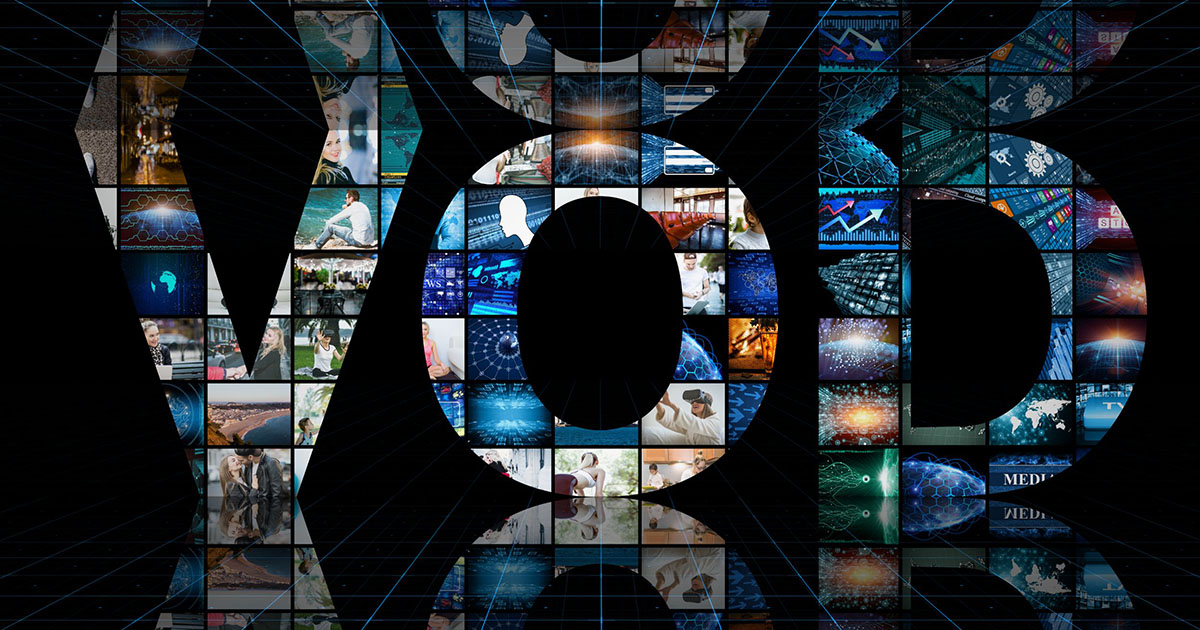Our Favorite Streaming Experiments That Seemed Strange Until They Worked
By Max Newfield | September 25, 2024
Fans of David Letterman, coyotes, and the 1995 crime epic Heat are having a great summer.
That’s because all three were recently featured on John Mulaney Presents: Everybodys in LA, Netflix’s limited run live talk show that aired throughout the month of May. Over six hour-long episodes, John Mulaney interviewed local experts, advocates, and celebrity guests about Los Angeles, a city that “fascinates and confuses” the famed standup and late night writer.
To no one’s surprise, the show was a huge success. While Netflix famously does not release viewership data for most shows, Everybody’s in LA dominated social chatter for weeks. Vulture even went so far as to call it a “Strange TV miracle.”
While the show was ostensibly created to promote the Netflix is a Joke standup festival, it actually achieved much more than that. Everybody’s in LA was a long-awaited confirmation that Netflix can and should pursue more live content.
Related Article: All Together Now: Why Bundling is the Latest Trend in Streaming Pricing
Previously, the company had put on a live Chris Rock comedy special with little to no impact. Another foray into live programming, a reunion special for the reality dating show Love is Blind, made headlines for its disastrous technical performance. After hours of delays, the show was filmed and posted to the service a few days later.
Thankfully, Everybody’s in LA experienced no such problems… outside of a few miscues and connection issues that could be chalked up to “the magic of live television.” And clearly Netflix is happy with the experiment as they have already announced another marquee live event–a hot dog eating contest between bitter rivals Takeru Kobayashi and Joey Chestnut.
So… what gives? Why is Netflix–the architects of the mad dash to SVOD services–suddenly branching out into live events? Plenty of outlets have speculated it’s all about driving engagement or branching out into sports, but really the answer is much, much simpler.
Streaming is still the wild west. Any content idea can become a reality with time, a coherent strategy, and a robust craft services spread.
With that in mind, let’s take a look back at other wild content ideas that became a reality.
Slow TV
First up, a big swing that reimagined what content can and should be. In 2009, Norway’s public broadcaster, NRK, debuted the first episode of Slow TV featuring seven unbroken hours of footage from a single camera pointing out the front of a train as it traveled from Oslo to Bergen.
No script. No actors. Just success.
The premier attracted over 1 million viewers, or one out of every five people in Norway. A later episode from a cruise ship traversing Norway’s fjords attracted HALF of the country to watch. Maybe the episode’s 134-hour runtime helped with the smash hit ratings but regardless, that’s a lot of people tuning into plot free content.
Today, Slow TV has transcended Scandinavian television sets and become a global sensation. Now dubbed “ambient content,” entire YouTube channels are based on atmospheric vibes, scenic walks, even just 24-hours of a pure black screen.
Ambient content is great news for YouTube and their advertisers, who can reach viewers interested in watching multi-hour videos. And it’s obviously great news for the original Slow TV creators, who repurposed their unused documentary footage into a smash hit TV show. But it’s also good for any content owner debating the leap into FAST channels. Slow TV teaches us that no idea is too small, or too obscure. We must simply find the right partners and the right moment to try something no one has ever done before.
NFL on Prime Video
It’s been a slow build, but today Amazon Prime is as integral to the NFL experience as Cleatus, the Fox NFL robot, and Carrie Underwood’s Sunday Night anthem.
But when Amazon first moved into the gridiron game in 2017, it represented a sea change in American sports broadcasting. In the years since, media prognosticators have referred to the NFL on Prime as “something sinister” and a “look at me” stunt, and even seemed surprised the media giant pulled off a functional broadcast.
In that time period, Amazon’s presence in the NFL has grown from non-exclusive rights to a handful of games all the way to an exclusive broadcast of a playoff game in 2025. And guess what? Other mega-streamers like Netflix and Peacock are getting in to NFL broadcasts as well.
The lesson here? If you think a new channel for reaching your audience is too weird… it probably isn’t. If your streaming network can help fans reach the content they love, your viewers will adapt.
Niche Services
Wall Street loves Netflix because it’s a global streamer with an audience in the hundreds of millions. But your kids are probably more excited about the anime on Retro Crush. Your parents have definitely raved about Britbox and their detective shows. And your weird coworker who keeps inviting you to the climbing gym has probably shown you something on Reel Rock.
Related Article: The History of FAST Channels
That’s because all of these services address the needs of highly engaged audiences, who will happily pay for the content they crave.
According to Antenna, niche streaming services are on the rise. Between the end of 2019 and summer 2023, subscribers to specialty SVOD services grew by 37%.
While these services are still susceptible to churn, highly targeted streaming services are more likely to generate organic growth through word of mouth recommendations. Your service can also act as an intermediary to these audiences, enabling advertisers to reach a targeted audience they crave. And, best of all, the more targeted your content is, the less competition you will face. There certainly aren’t two rock climbing documentary streaming services.
Whether you want to launch a niche streaming service, enter the race for sports broadcasting domination, or produce a TV specials about train rides or Los Angeles, remember to be specific, be brave, and consult the experts at Matchpoint to help launch your streaming business in weeks, not months.
MATCHPOINT SPARK BLOG

